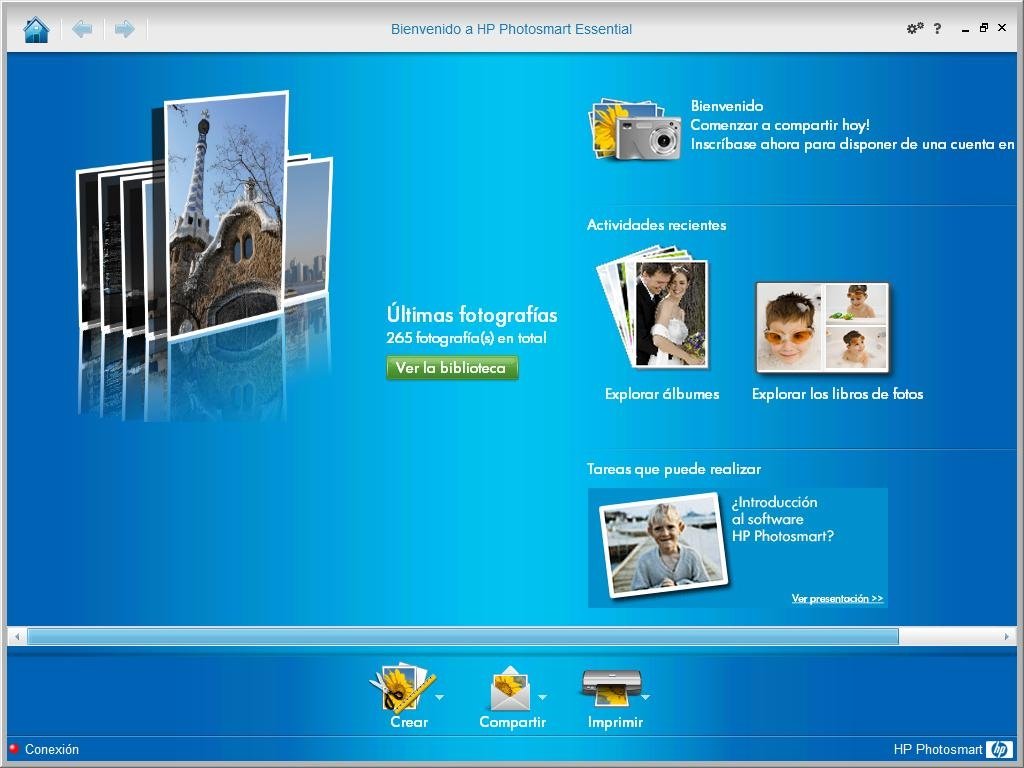

Keeping third-party apps up to date is nearly as important as keeping Windows itself updated.

You do still have a little control over when Windows installs other, non-security updates, though. An unsecured PC connected to the Internet can become a problem for everyone. Too many people just never bothered to keep up to date with security updates, and insecure PCs don’t just create a problem for the person who owns them. In Windows 10, security updates are downloaded and installed automatically. Windows Update has grown more insistent over the years in keeping itself up to date. We’re going to be talking about how to keep three major aspects of your PC up to date: In addition to fixing security flaws, updates also come in the form of bug fixes and new features, both of which are also nice to have.

RELATED: What You Need to Know About Windows Update on Windows 10 And if you’re still using Windows 7, you need to make sure you’re taking the right steps to keep things up to date. Still, it’s important to be aware of what’s getting updated and also how to update things that fall outside the Windows Update purview, like third-party apps and some hardware drivers. Though you can take some measures to prevent updates, Windows pretty much does it automatically. You no longer have the easy option of selecting which updates to download and install as you did in Windows 7. If you’re using Windows 8 or 10, Windows Update is a little more aggressive than it used to be. Plugging those holes, however, depends primarily upon you making sure things are appropriately updated. New security flaws are discovered on a regular basis, and most companies are pretty good about issuing fixes for those flaws as they crop up. We know, updating your PC is a hassle–but it’s essential.


 0 kommentar(er)
0 kommentar(er)
